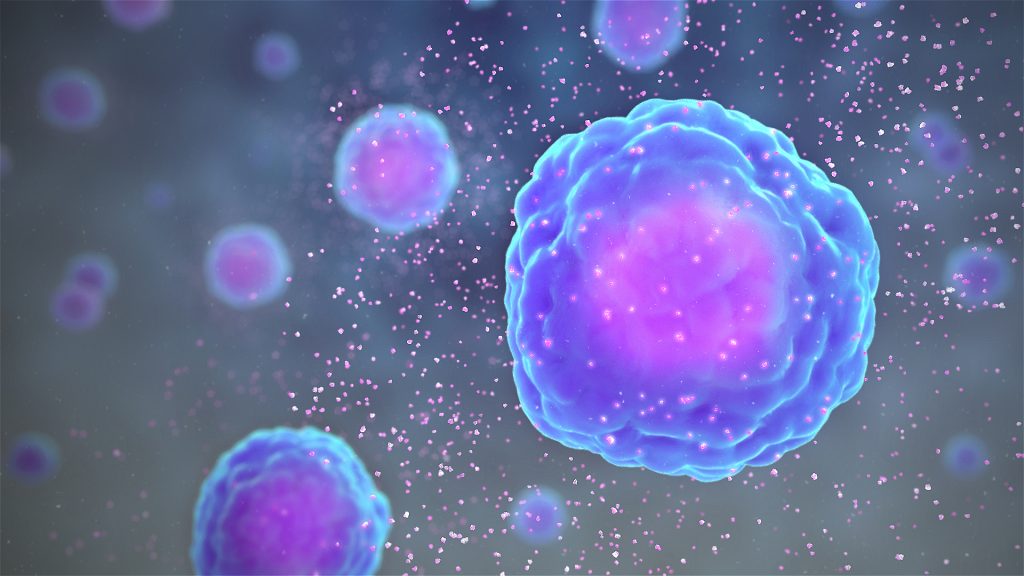Highlights
- •TransitID: tandem proximity labeling with the orthogonal enzymes TurboID and APEX2
- •Unbiased discovery of proteins that traffick between membraneless organelles
- •JUN relocalization to stress granules protects it from aggregation and degradation
- •Mapping intercellular protein communication between cancer cells and macrophages
Summary
The ability to map trafficking for thousands of endogenous proteins at once in living cells would reveal biology currently invisible to both microscopy and mass spectrometry. Here, we report TransitID, a method for unbiased mapping of endogenous proteome trafficking with nanometer spatial resolution in living cells. Two proximity labeling (PL) enzymes, TurboID and APEX, are targeted to source and destination compartments, and PL with each enzyme is performed in tandem via sequential addition of their small-molecule substrates. Mass spectrometry identifies the proteins tagged by both enzymes. Using TransitID, we mapped proteome trafficking between cytosol and mitochondria, cytosol and nucleus, and nucleolus and stress granules (SGs), uncovering a role for SGs in protecting the transcription factor JUN from oxidative stress. TransitID also identifies proteins that signal intercellularly between macrophages and cancer cells. TransitID offers a powerful approach for distinguishing protein populations based on compartment or cell type of origin.







